While the Bhumibol Dam and the magnificent Thi Lo Su Waterfall are perhaps Tak’s most famous attractions, the province, which is located about 400 kilometres from Bangkok bordering Myanmar to the west, boasts a wealth of interest and intrigue.
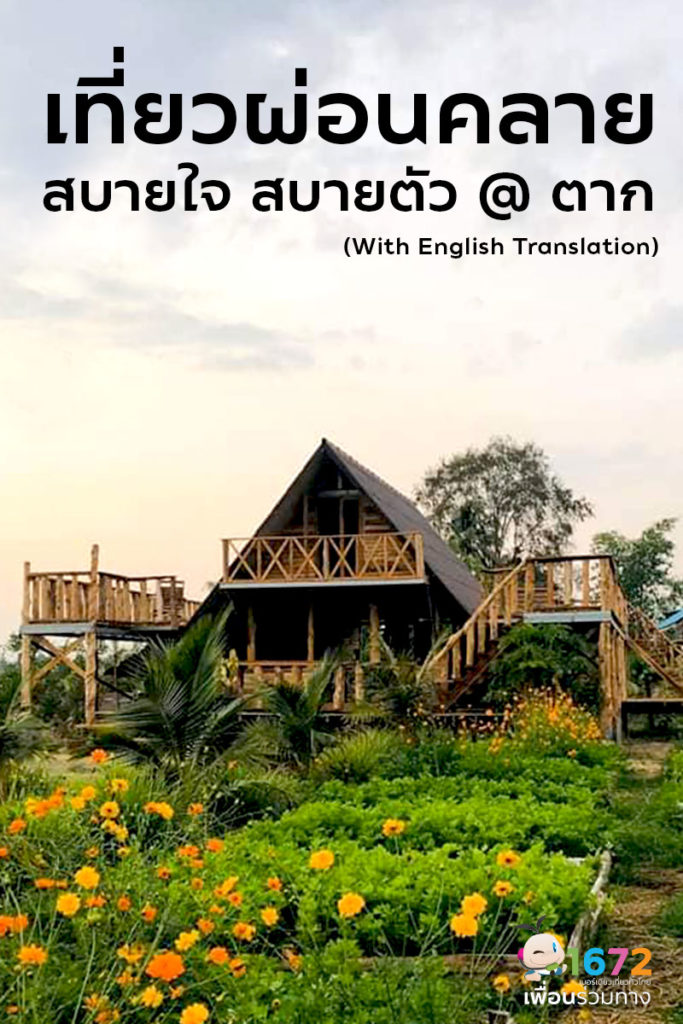
We’re on a journey to experience the province’s cultural heritage and natural beauty that make for an ideal remedy for the body and mind. Enjoy a “virtual trip” with us and save this itinerary for reference if travelling right now is still not an option.
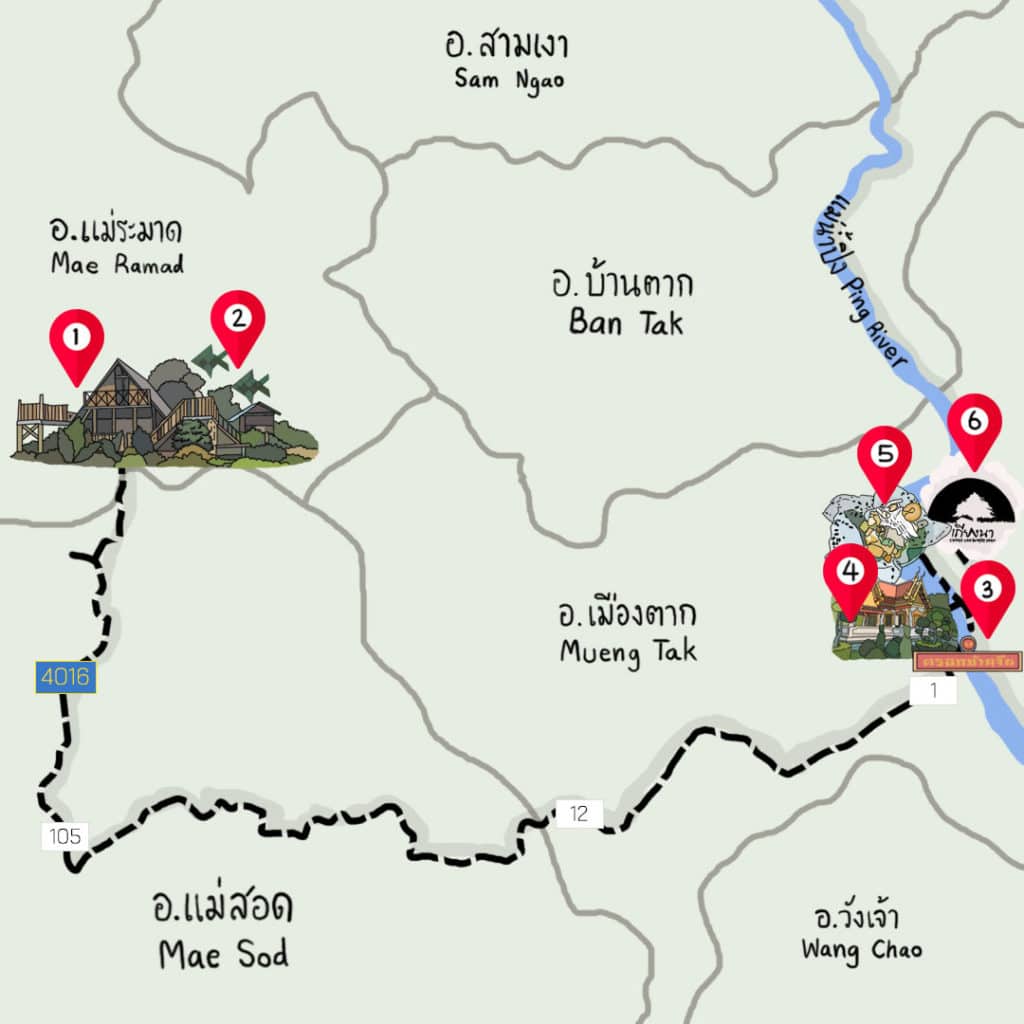
- Itinerary
- Itinerary Day 1
- 1. In Ban Parai Nuea, Mae Ramat district
- Day 2
- 2. Learn to make wicker souvenirs from coconut leaves.
- In Tak town
- 3. Admire the historic houses of Trok Ban Chin.
- 4. Pay homage to the Shrine of King Taksin the Great.
- 5. Taste a local snack Miang Kham Chom Phol.
- 6. Sample locally made croissants and pastries at Tiengna Coffee & Bakery Farm.
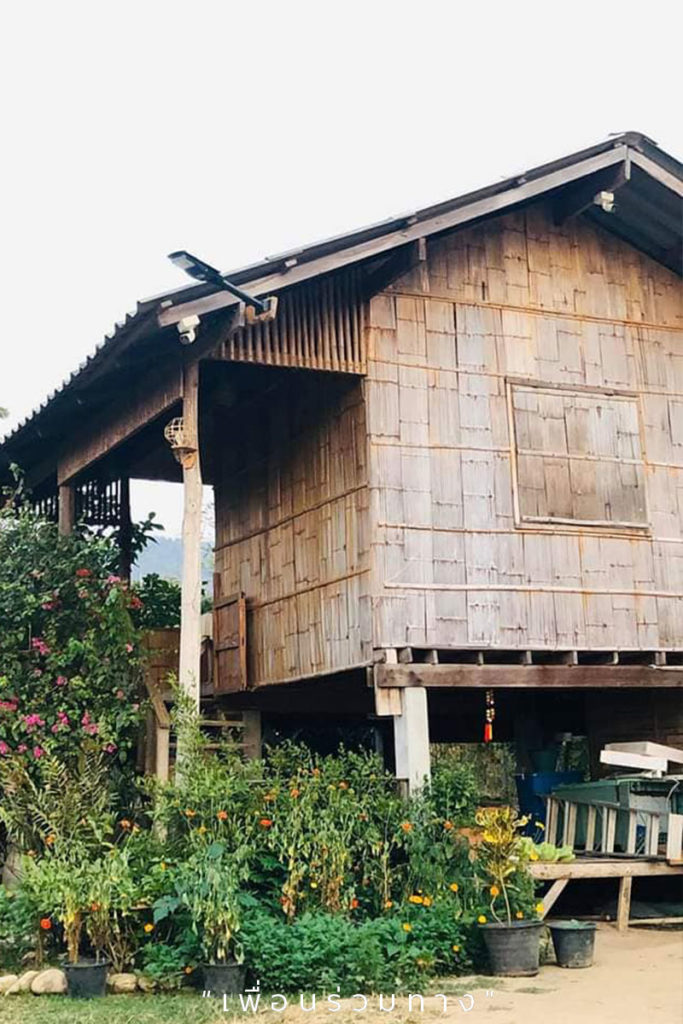
Day 1
We’re going to Ban Parai Nuea in Mae Ramat district. The villagers operate community-based tourism, opening up their homes to welcome visitors interested in their ways of life. Simple bamboo houses close to nature are arranged for guests.
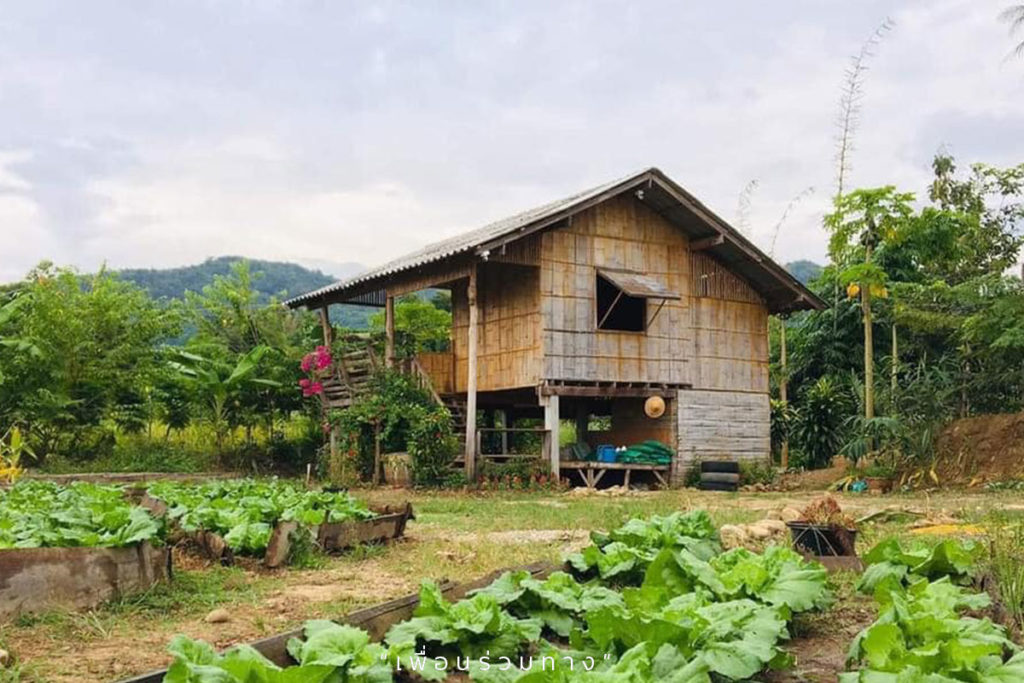
Driving from Tak town to the village takes about 2 hours heading in the direction of Mae Sot district.
- Available accommodation in the village is as follows:
- 1. big private house starting from 2,000 Baht/night/4 persons (maximum 8 persons with 500 Baht extra for each).
- 2 .small private houses at 1,290 Baht/night (maximum 4 persons).
- 3. Homestay is 390 Baht/night/person (breakfast included).
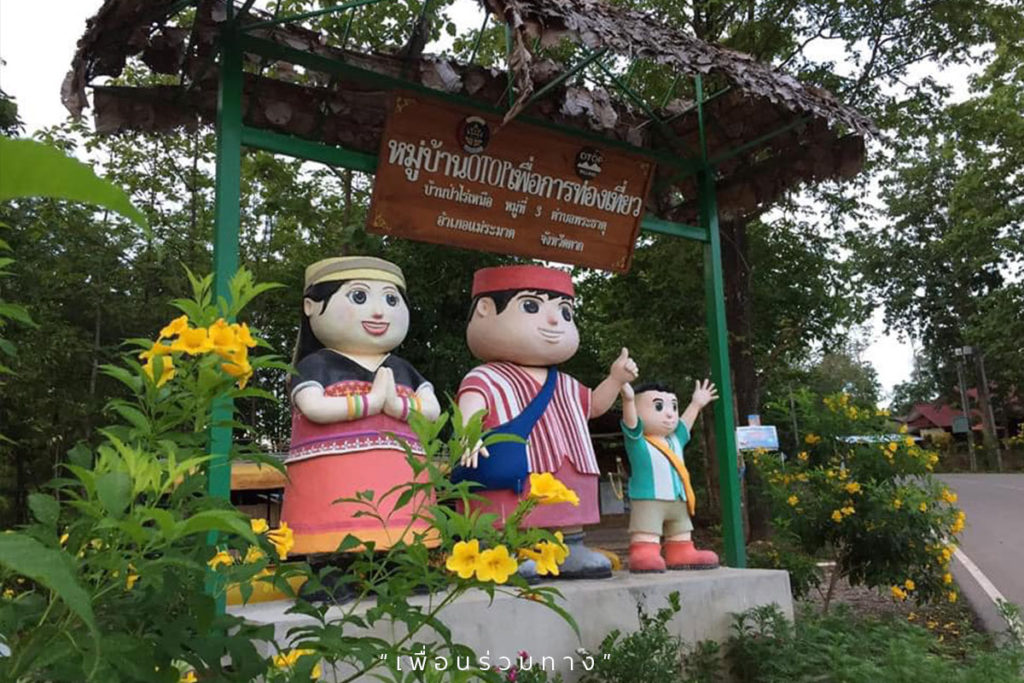
You can spend time visiting and exploring many interesting spots in Ban Parai Nuea that the villagers have tailored for their guests.
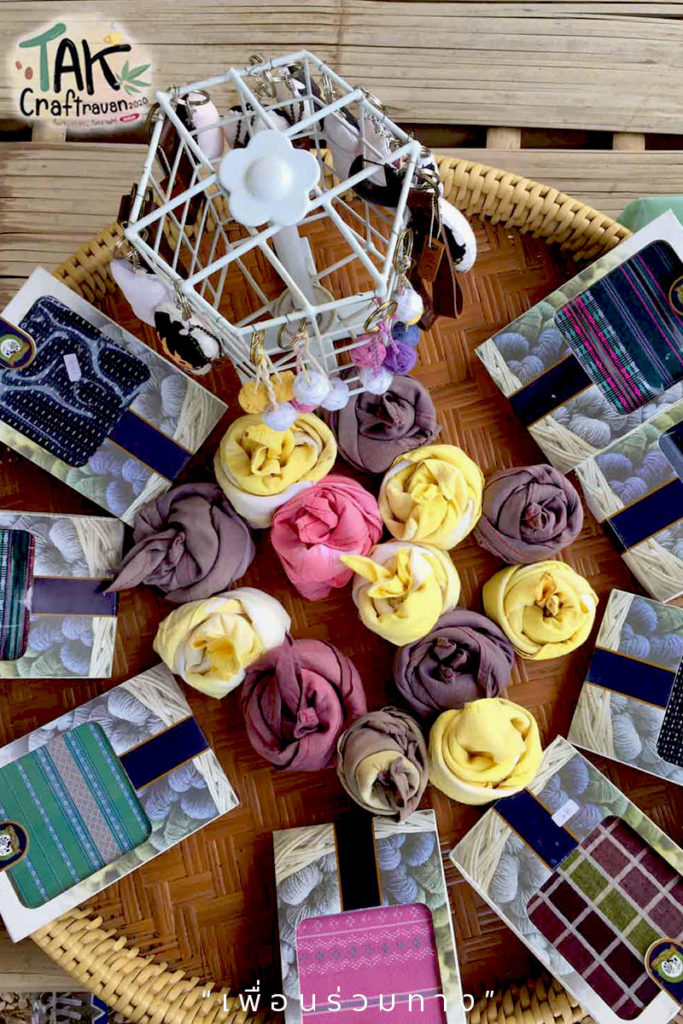
We recommend you start the village tour by visiting Ban Phumpanya, the house of wisdom, to learn about the village’s origins and the heritage of the Pakanyor hill tribe. A guide will be on hand to offer information; such as, interesting places to traverse. You can also buy handicraft souvenirs from community members here.
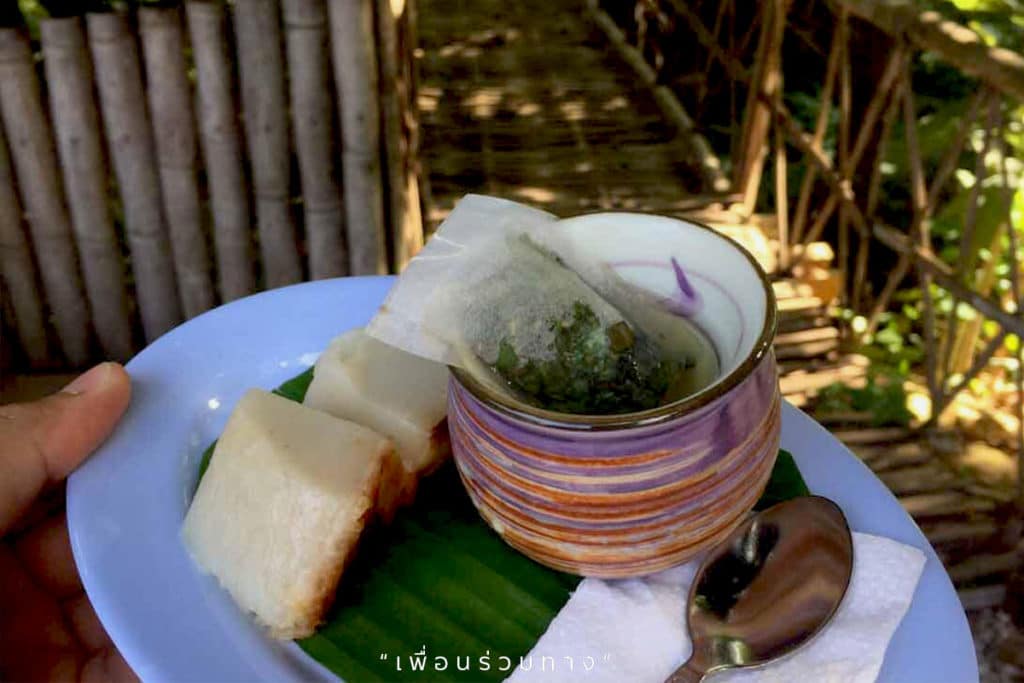
Tea and sweets specially made by the villagers are served during the guide’s presentation. .
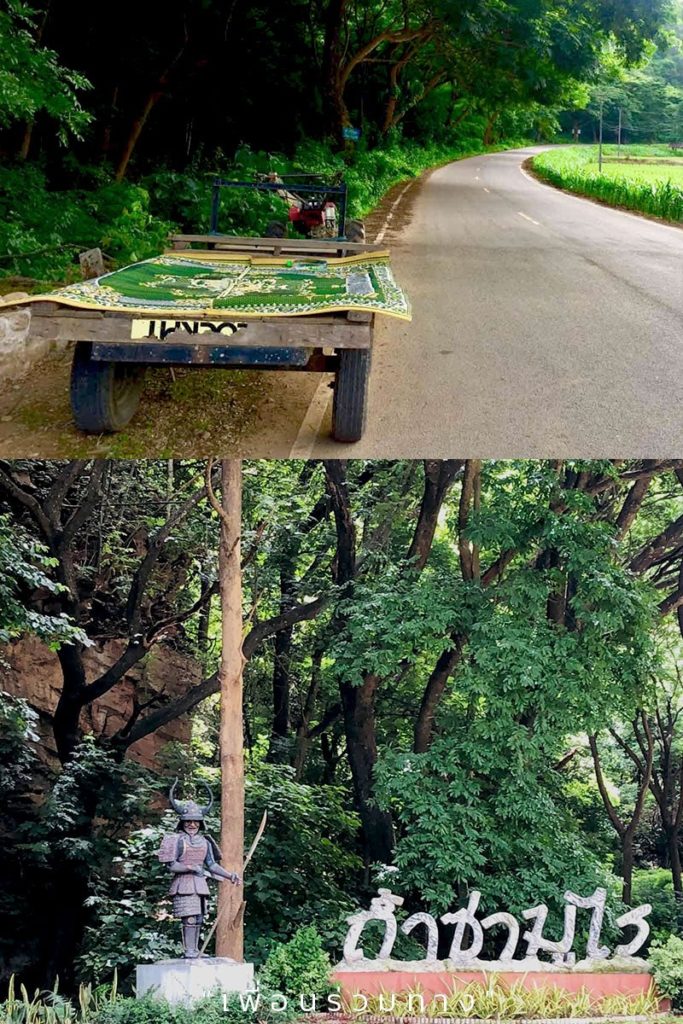
Ban Parai Nuea was a logistics base for the Japanese army to advance into Myanmar during WW II. After the house of wisdom, you can ride an I-tok tractor cart to visit the “Samurai Cave,” which was used to store weapons and permanently sealed with explosives by the Japanese soldiers following their defeat.
The cave has never been opened since then as the villagers are against any acts of digging or treasure hunting. They believe that there could be unfortunate incidents if the cave is violated.
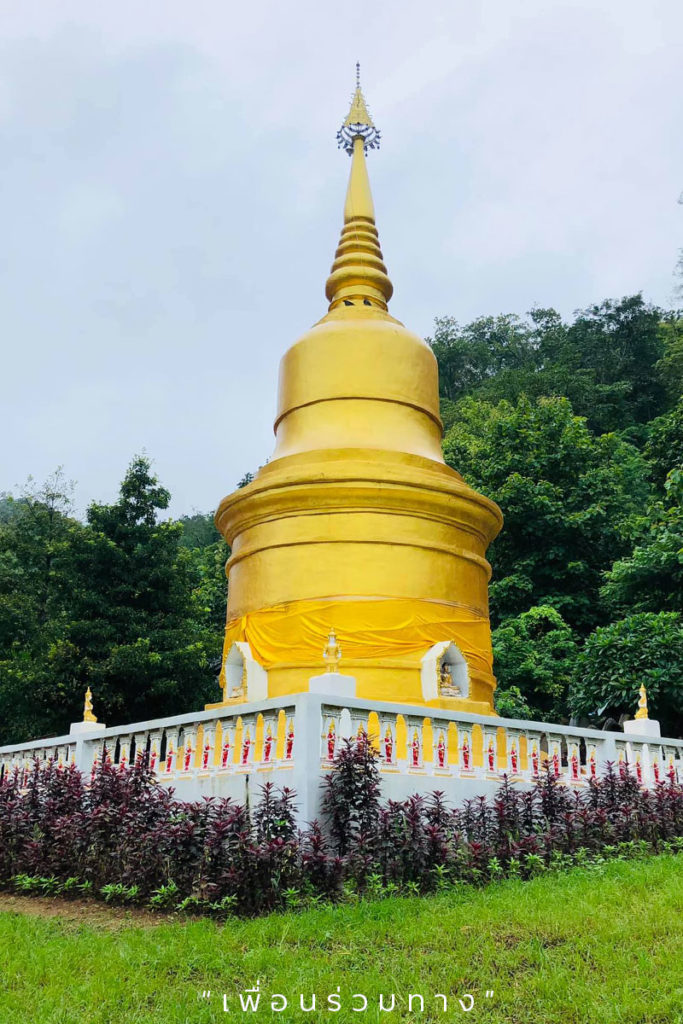
Wat Tin That is among a few Buddhist temples in Ban Parai Nuea, whose occupants are mostly of the Christian faith. If you want to visit the temple’s main pagoda, which bears a resemblance to Phrathat Hariphunchai of Lamphun, prepare to climb some 200 steps.
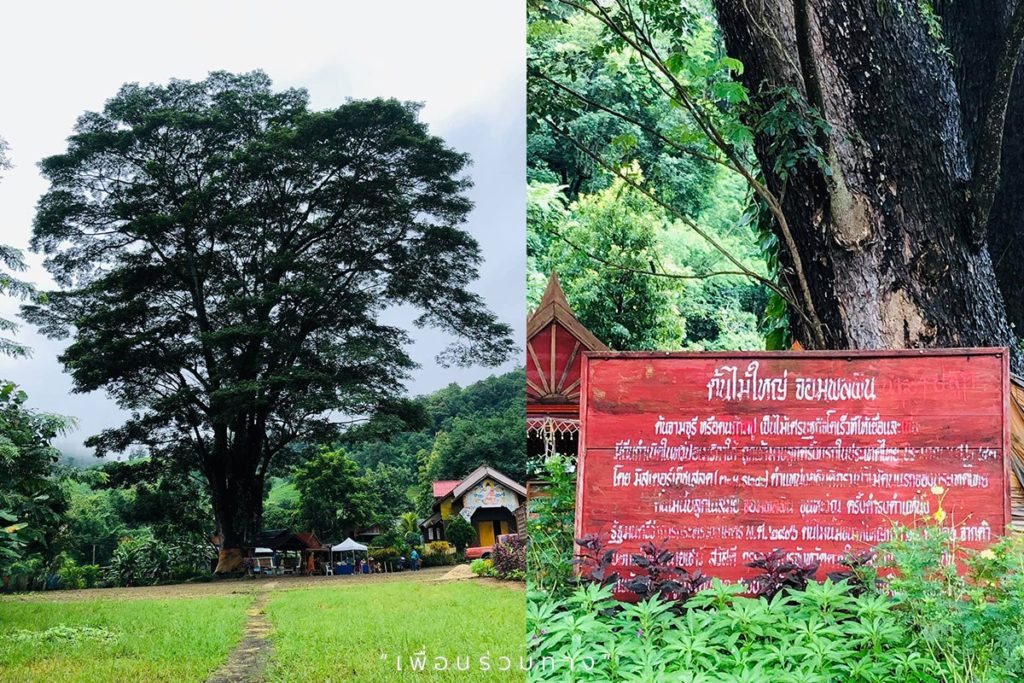
A magnificent rain tree big enough for 10-14 people to circle stands proudly in the temple grounds. The tree is named after Field Marshal Phin Choonhavan, who planted the tree in his capacity as Minister of Agriculture and Cooperatives while visiting the temple, which was used as an outpost for a government logging concession before the wood was transported to Bangkok.
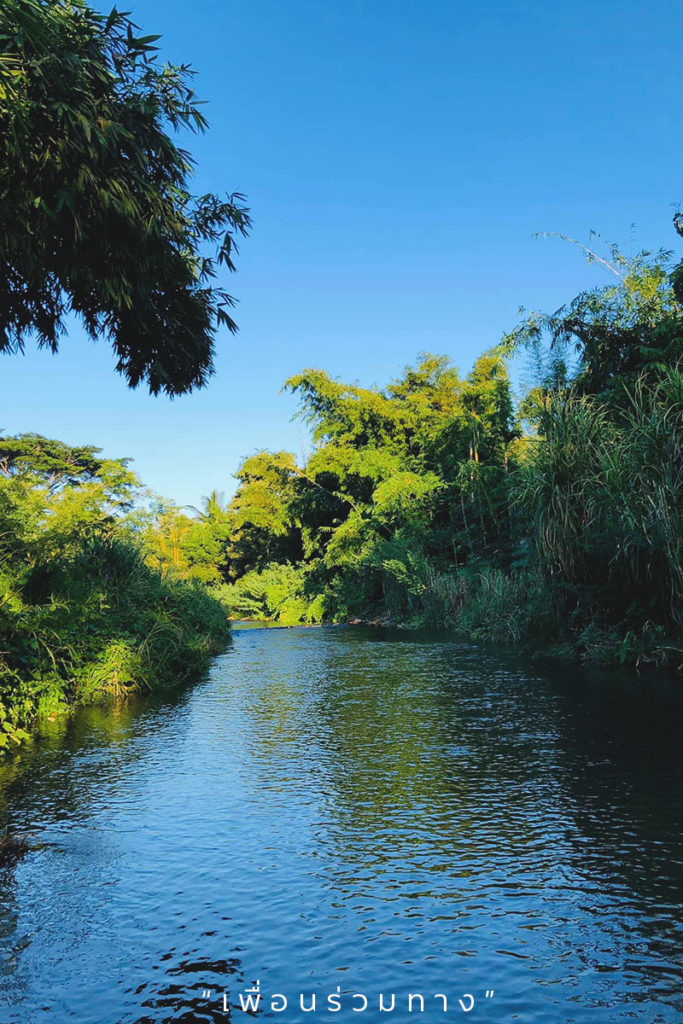
The Talo River is the main water body of Ban Parai Nuea. It has been nourishing the village for generations, especially during the gruelling summer when it becomes a popular escape from the heat. The route of the I-tok tractor cart runs parallel with the river course, so you will have its company throughout the ride.
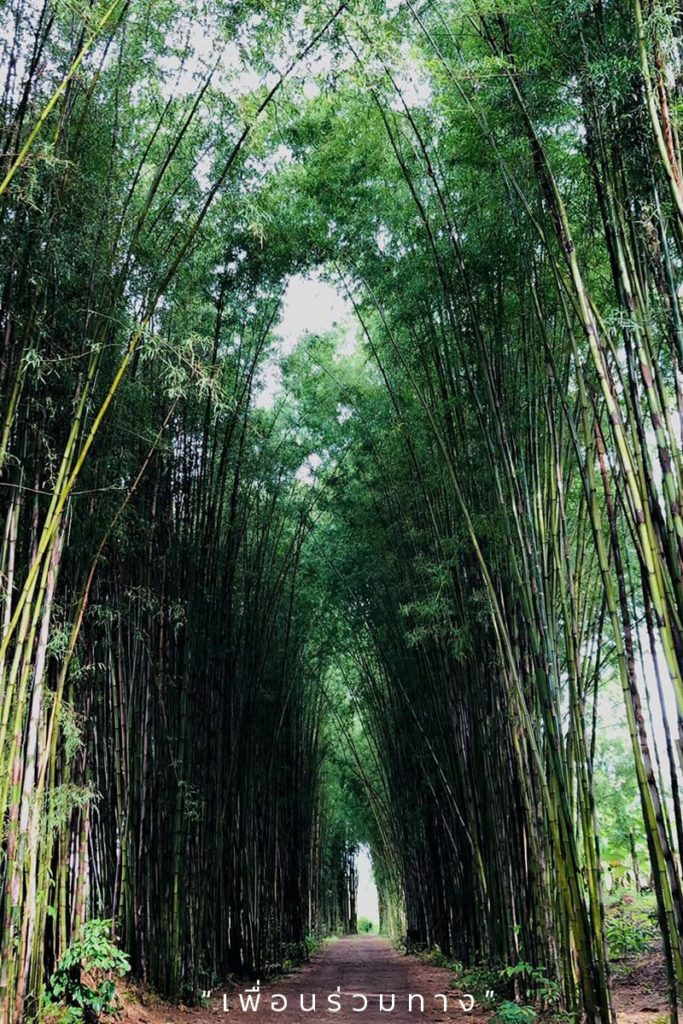
Thio Phai Ngam, rows of splendid bamboo, is where you should take pictures for a social media post!
Before calling it a day, visit Pong Khamram Hot Springs in Ban Mae Kasa of Mae Sot district. You can get there in just 15 minutes.
For more information, please call 09 8335 3360 ( Pong Khamram Hot Springs )
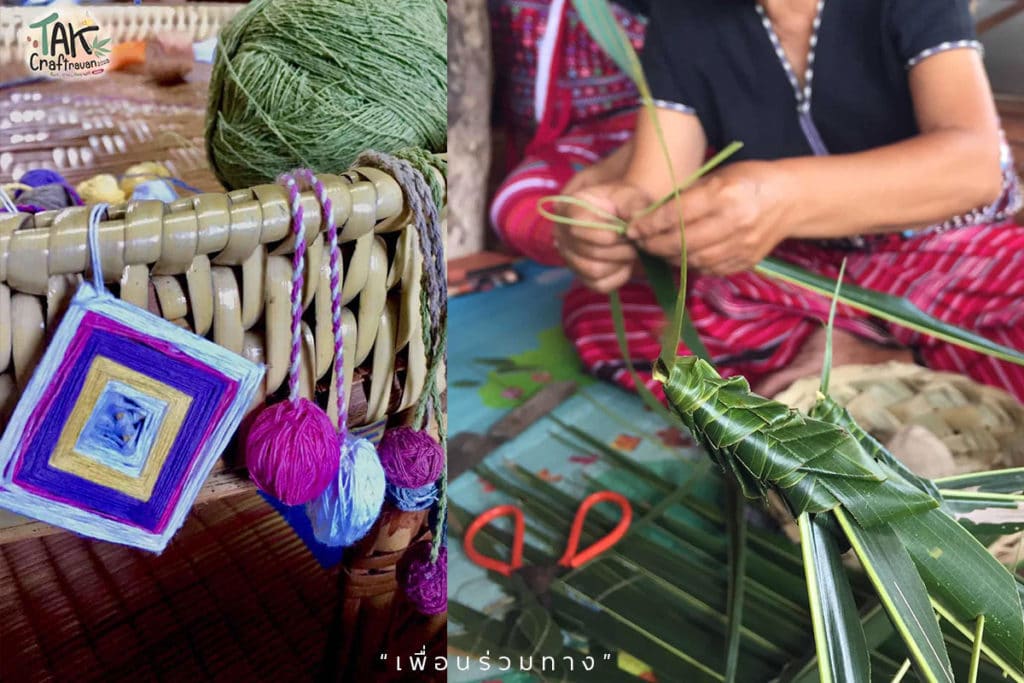
Before leaving Ban Raipa Nuea, make your way to Ban Pa Tui’s Homestay to learn how to make wicker fish and grasshoppers from coconut leaves, or a key chain from the remnants of woven clothes of the villagers. Aunty Tui is very craft-minded and also well informed of all the interesting tidbits of life in the village.
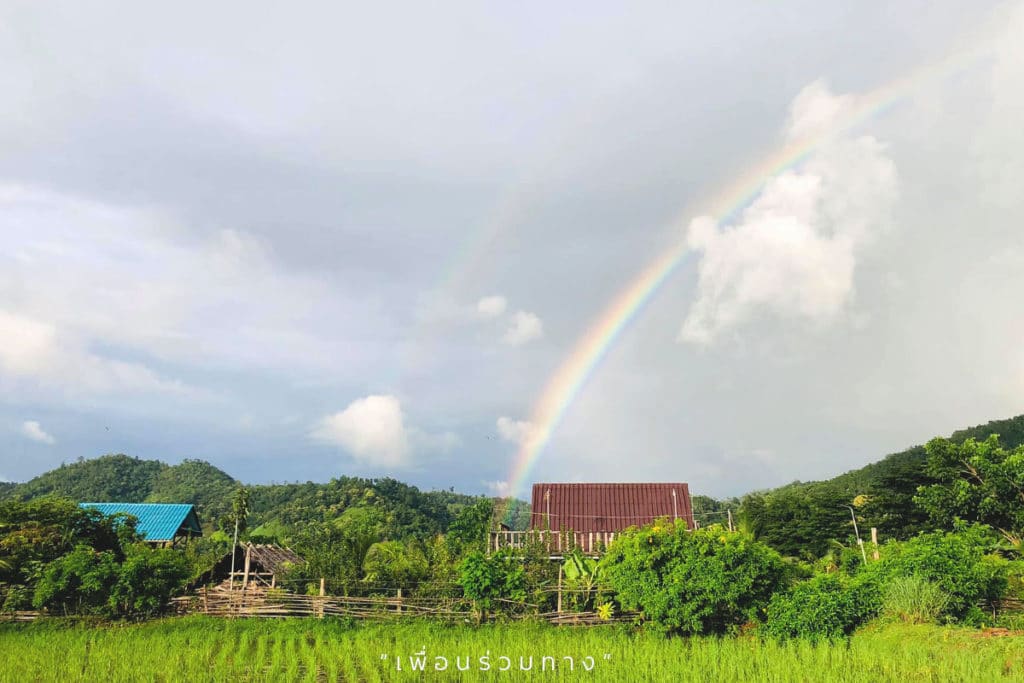
- Costs in addition to accommodation in the village.
- I-tok cart: 600 Baht/cart/6 persons
- Guide service: 300-500 Baht depending on places (optional)
- Food from the accommodation: a local food set with 5-6 dishes costs 120 Baht/meal/person
 : 100/1 Mu 3, Tambon Phrathat, Amphoe Mae Ramat, Tak 63140
: 100/1 Mu 3, Tambon Phrathat, Amphoe Mae Ramat, Tak 63140 : Open daily.
: Open daily. : 06 1330 1756, 08 7199 2358
: 06 1330 1756, 08 7199 2358 : https://goo.gl/maps/2VYWTvg5dTJ966rP8
: https://goo.gl/maps/2VYWTvg5dTJ966rP8
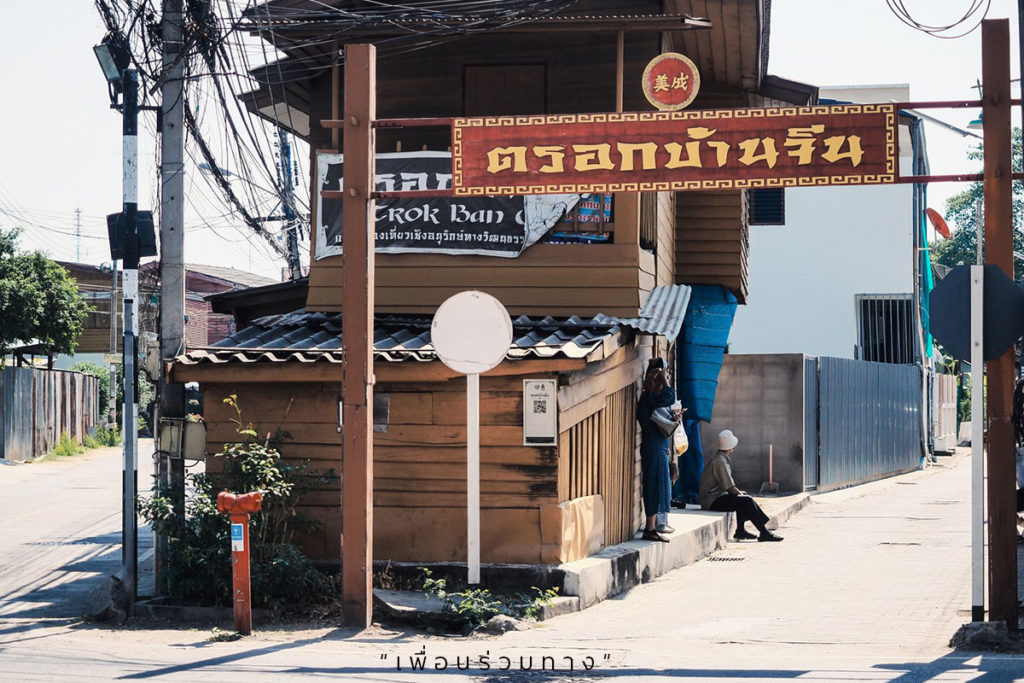
Tak town has some hidden treasures for visitors who appreciate old wooden houses. Trok Ban Chin is a small, narrow alley best visited on foot, so park your car on the main roadside.
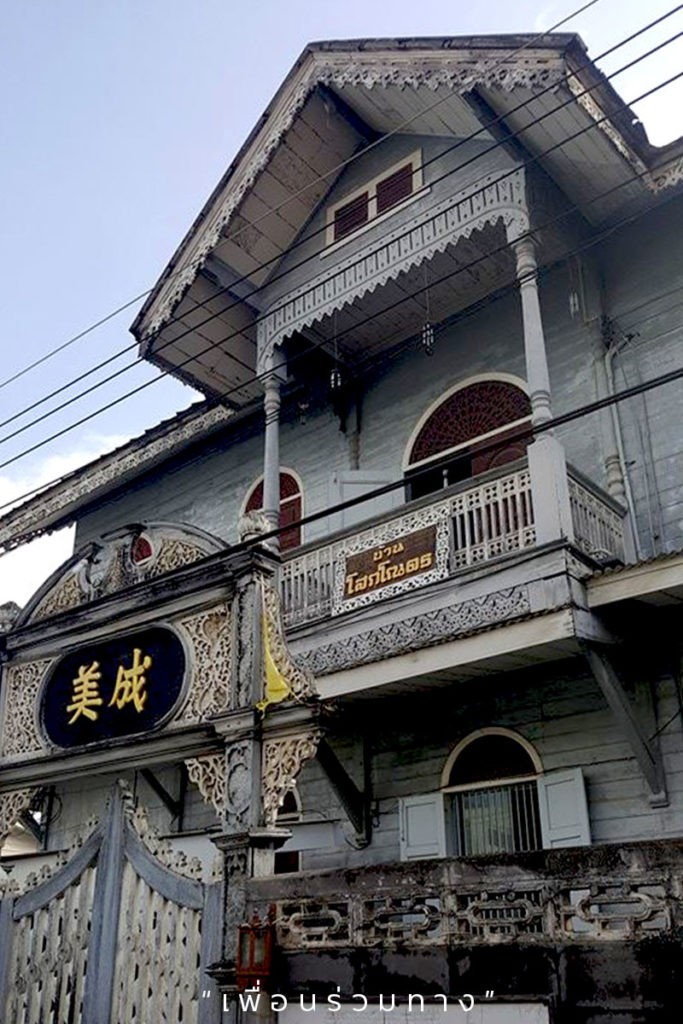
The origin of the community in the alley can be traced back more than 100 years. It was founded by Chinese merchants and became a prosperous area on the east side of the Ping River. Looking at the Thai- and Sino-European-style teakwood houses, you can get a glimpse into what the town’s commercial quarter was like more than a century ago.
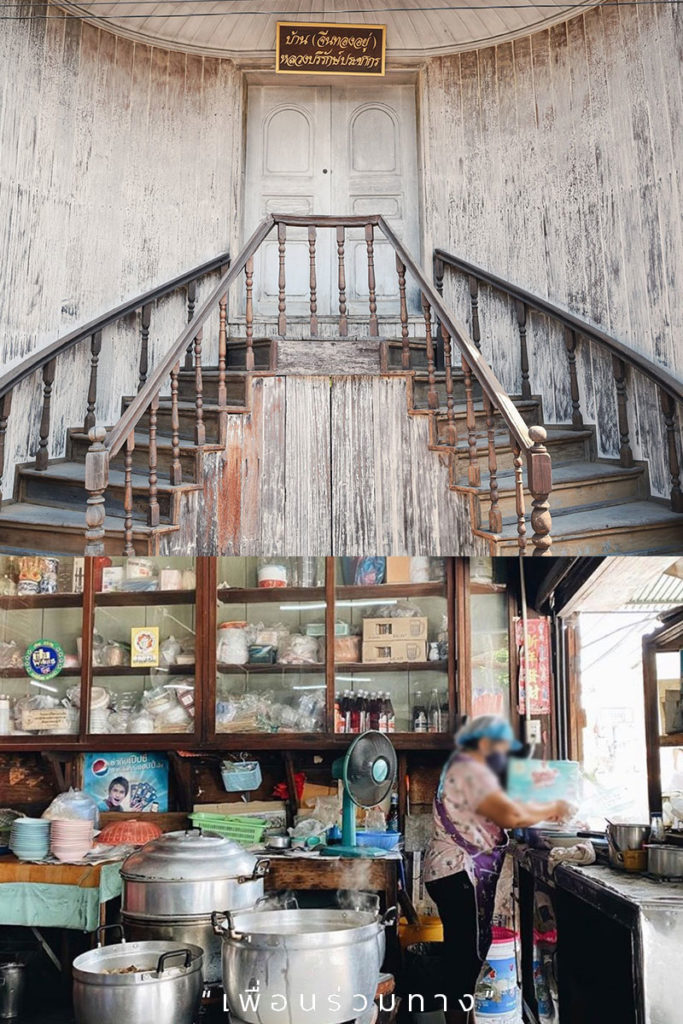
You can spend some 20 minutes strolling along the alley to admire the old houses; some of which are still occupied by their owners. Please be considerate and mindful during your tour.
In case you’re curious about local food, famous dishes found in this alley are Phat Thai and noodles. (pic to be added)
 : 690 Soi Ban Chin, Tambon Rahaeng, Amphoe Mueang Tak, Tak 63000
: 690 Soi Ban Chin, Tambon Rahaeng, Amphoe Mueang Tak, Tak 63000 : 05 551 4341-3 (ททท.สำนักงานตาก)
: 05 551 4341-3 (ททท.สำนักงานตาก) : https://goo.gl/maps/BWJVuQBWgjsxMDF1A
: https://goo.gl/maps/BWJVuQBWgjsxMDF1A
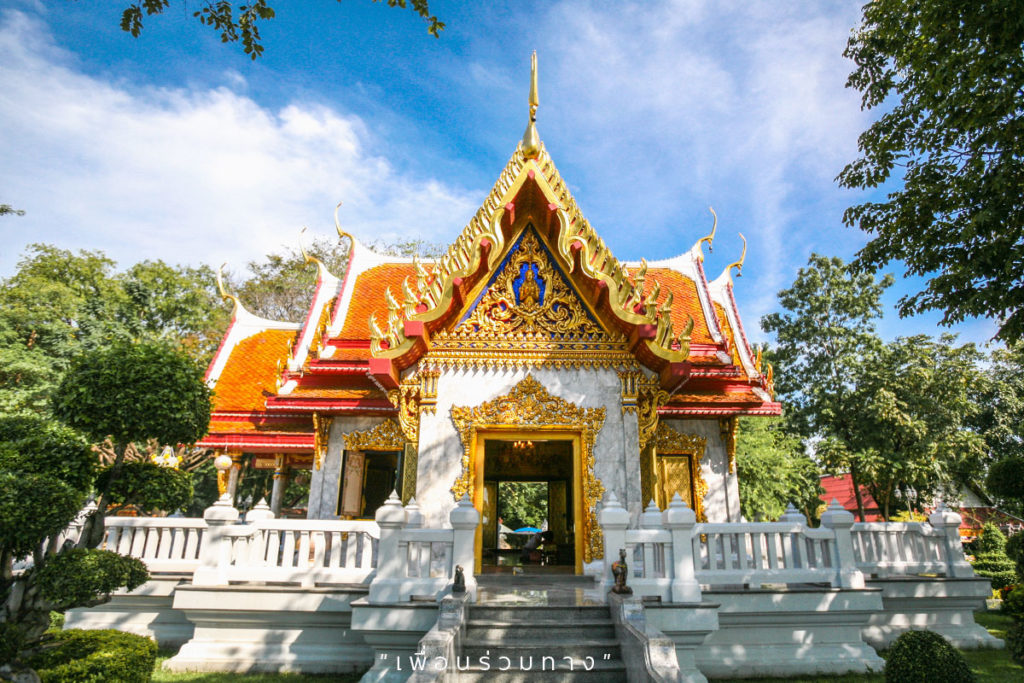
The Shrine of King Taksin the Great is a must-visit attraction for many locals who want to pay respect to the King.
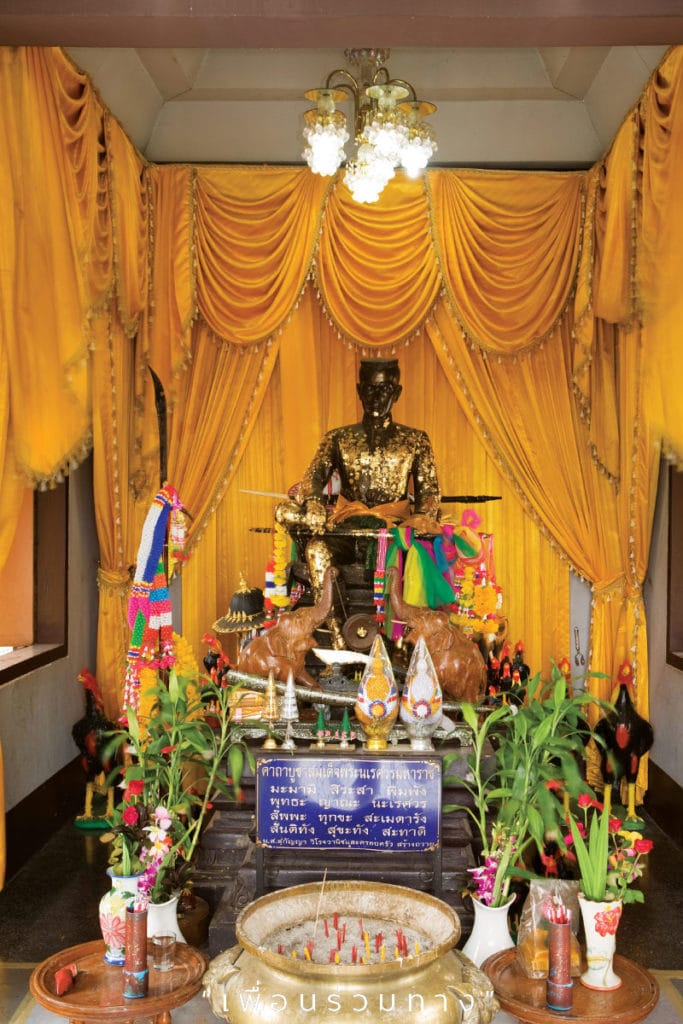
Designed by the Fine Arts Department, the Shrine, which contains a cast statue of King Taksin the Great, was built to replace the old one located at Wat Don Khao Kaeo some 3-4 kilometres away. King Taksin the Great was born in 1734 and died in 1782.
 : Tambon Nong Luang, Amphoe Mueang, Tak 63000
: Tambon Nong Luang, Amphoe Mueang, Tak 63000 : 0 5551 6121, 05 551 4341-3 (TAT Tak Office)
: 0 5551 6121, 05 551 4341-3 (TAT Tak Office) : https://goo.gl/maps/3sbQErHcEBWxAF3H6
: https://goo.gl/maps/3sbQErHcEBWxAF3H6
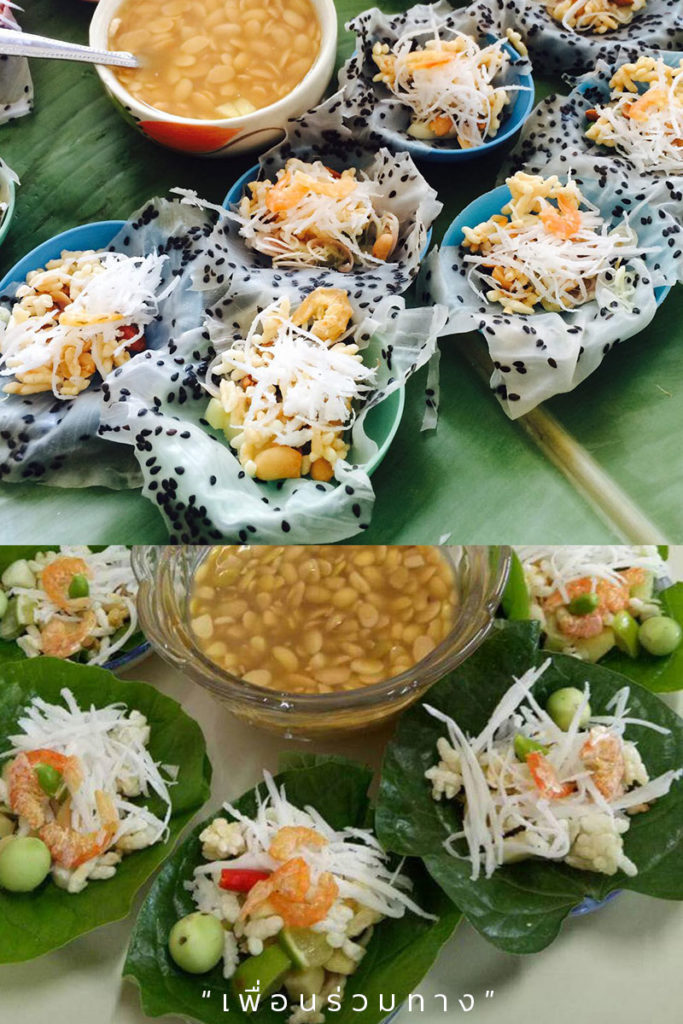
Not far from the Shrine is a small place where you can taste Tak’s best-known snack – Miang Kham Chom Phol.
This is bite- sized snack of wrapped goodies; such as, toasted coconut, roasted peanuts, dried shrimp, lime, shallot, ginger, and chilli. The wraps of Miang Kham Chom Phol is fresh wild betel leaves (Piper sarmentosum) and crispy sesame rice. Miang Kham Chom Phol is also known as Ming Tauchu, as it is seasoned with home- made Tauchu – bean sauce – instead of regular sauce for Miang Kham.
Former Prime Minister Field Marshal Thanom Kittikachorn, a native of Tak, was said to be a big fan of the snack, hence the name Miang Kham Chom Phol – the Field Marshal’s Miang Kham.
 : Tambon Mai Ngam, Amphoe Mueang, Tak 63000
: Tambon Mai Ngam, Amphoe Mueang, Tak 63000 : Open daily from 9:30 a.m.- 5:00 p.m.
: Open daily from 9:30 a.m.- 5:00 p.m. : 08 7308 2874
: 08 7308 2874 : https://goo.gl/maps/dy8odxQQrryz6mTN6
: https://goo.gl/maps/dy8odxQQrryz6mTN6
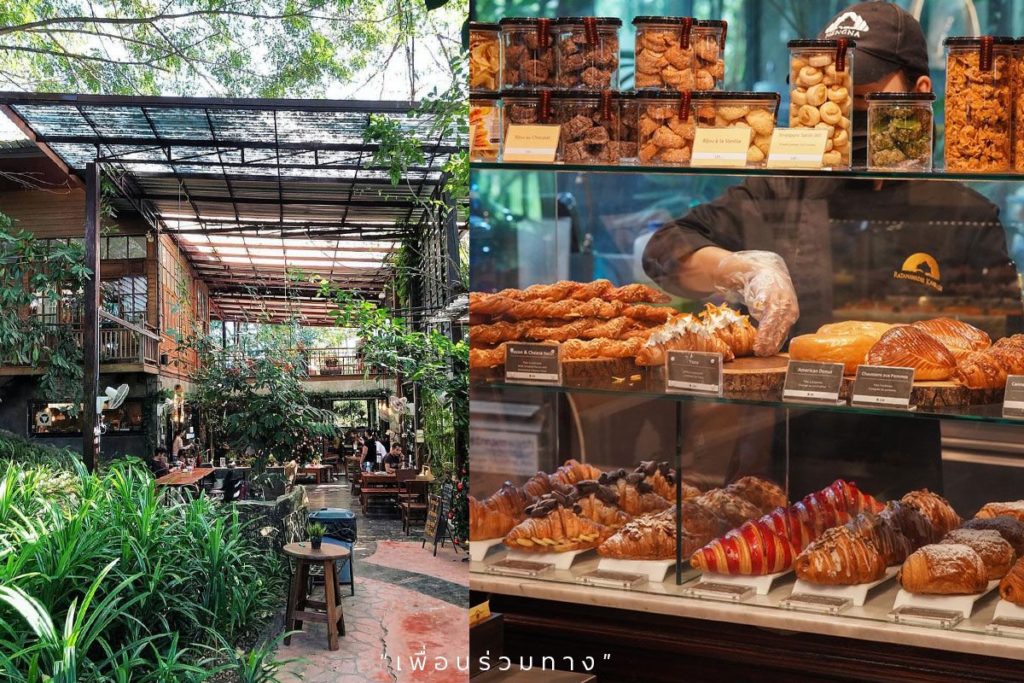
It’s not often that a coffee shop that originates in the provinces can successfully make it in Bangkok, but rather than the other way around. Tiengna Coffee and Bakery Farm of Tak has done it with its Tiengna Viennoiserie on Soi Sukhumvit 39 so when you’re in Tak, why not try its original place?
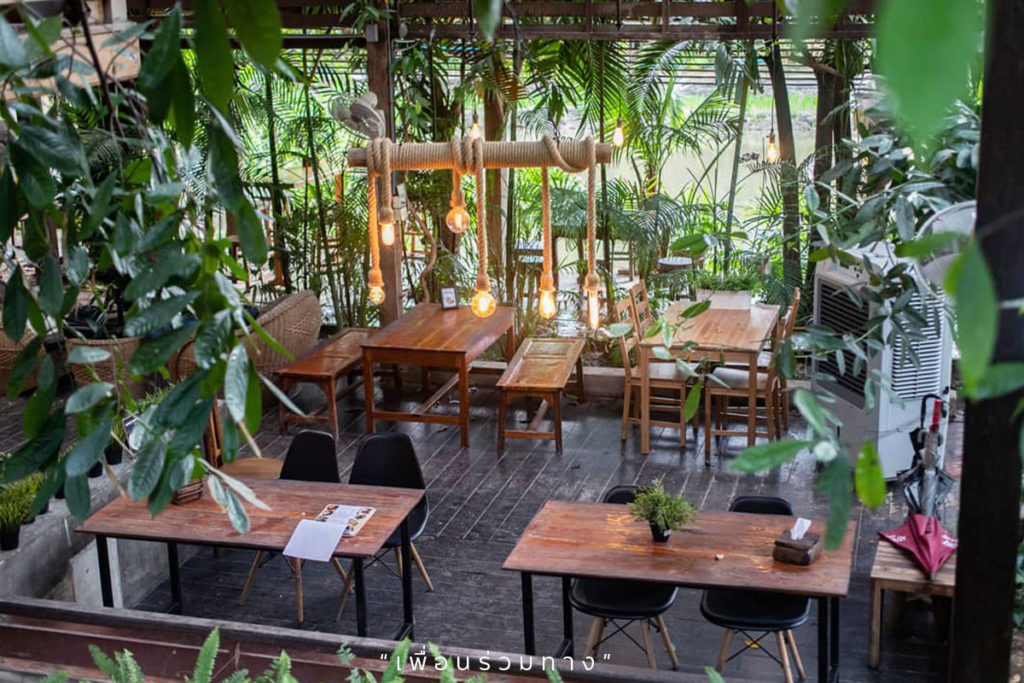
Beside croissants and pastries, there are many savoury dishes. The spacious, shady wooden coffee shop is surrounded by trees and has both air-conditioned and outdoor spaces.
 : 27/28 Phahonyothin Road, Tambon Mai Ngam , Amphoe Mueang Tak, Tak 63000
: 27/28 Phahonyothin Road, Tambon Mai Ngam , Amphoe Mueang Tak, Tak 63000 : Open daily from 8:00 a.m.- 6:00 p.m.
: Open daily from 8:00 a.m.- 6:00 p.m. : 09 6805 0363
: 09 6805 0363 : https://goo.gl/maps/2o8ACU98KPN5VECG7
: https://goo.gl/maps/2o8ACU98KPN5VECG7
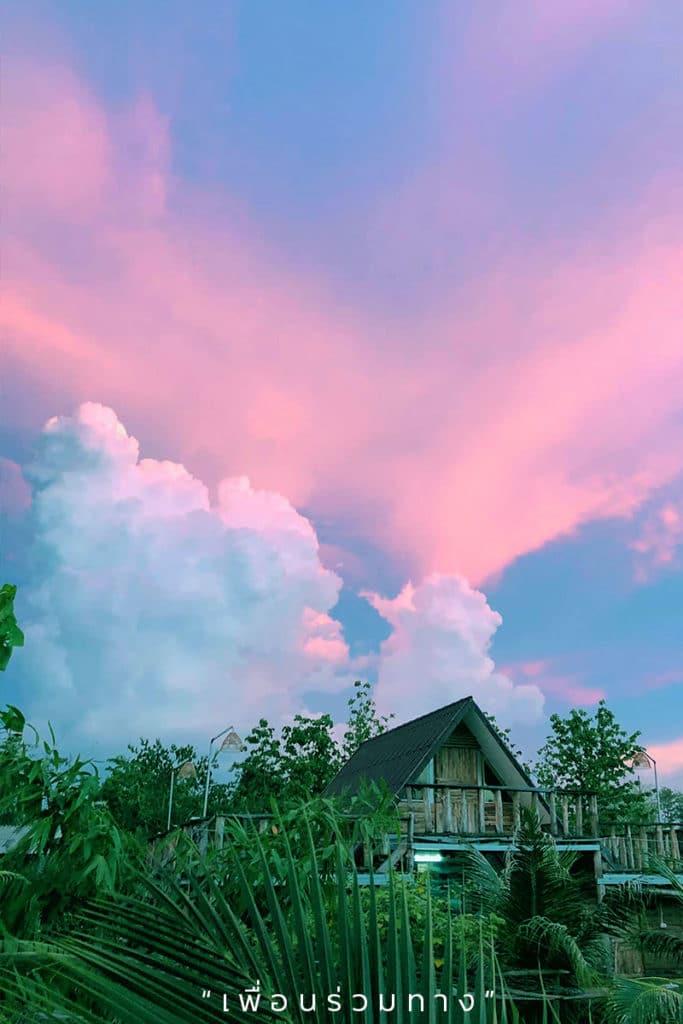
The best time to visit Tak is during the rainy or cool season when you can enjoy an abundance of greenery and pleasant weather.
- Getting there
- You can fly to Tak; its airport is in Mae Sot district, about 90 kilometres from the centre of Tak. There is no train route and driving from Bangkok takes about 6 hours. Public bus services are also available.
- For more information
- Tak Bus Terminal Tel. 0-5551-1057, 0-5551-1054, 0-5551-1307
- Mae Sot Bus Terminal Tel. 0-5553-2949
- Nok Air Tel. 1318
- Thai Airways Bangkok Office Tel. 0 2356 1111
- Thai Airways Mae Sot Office Tel. 0 5551 2164

